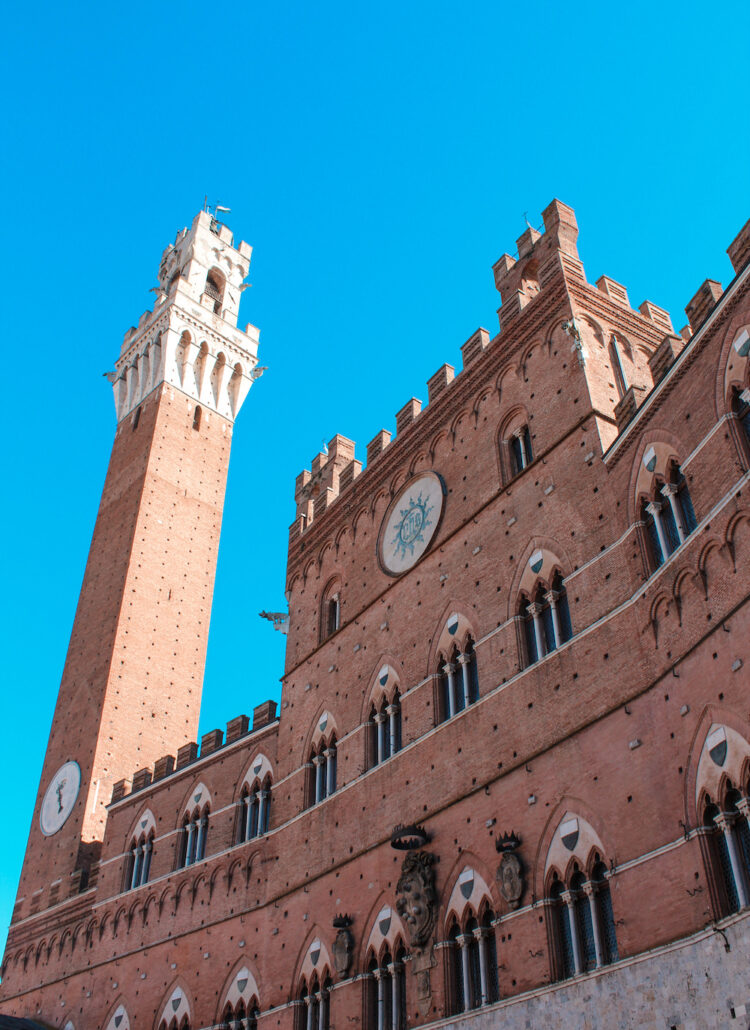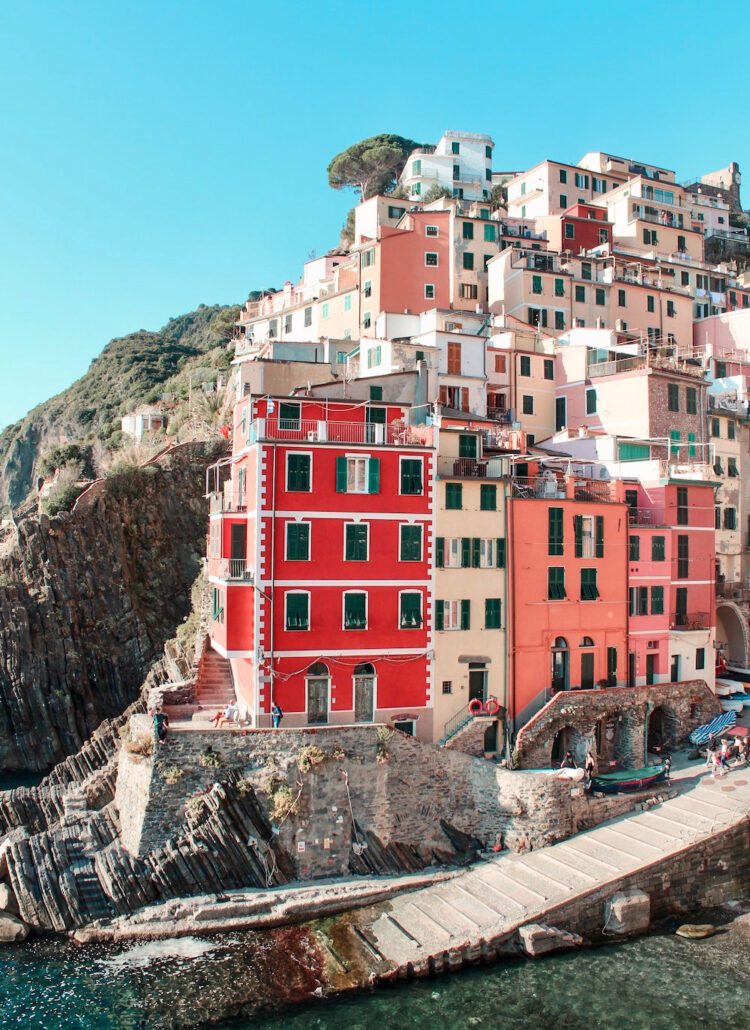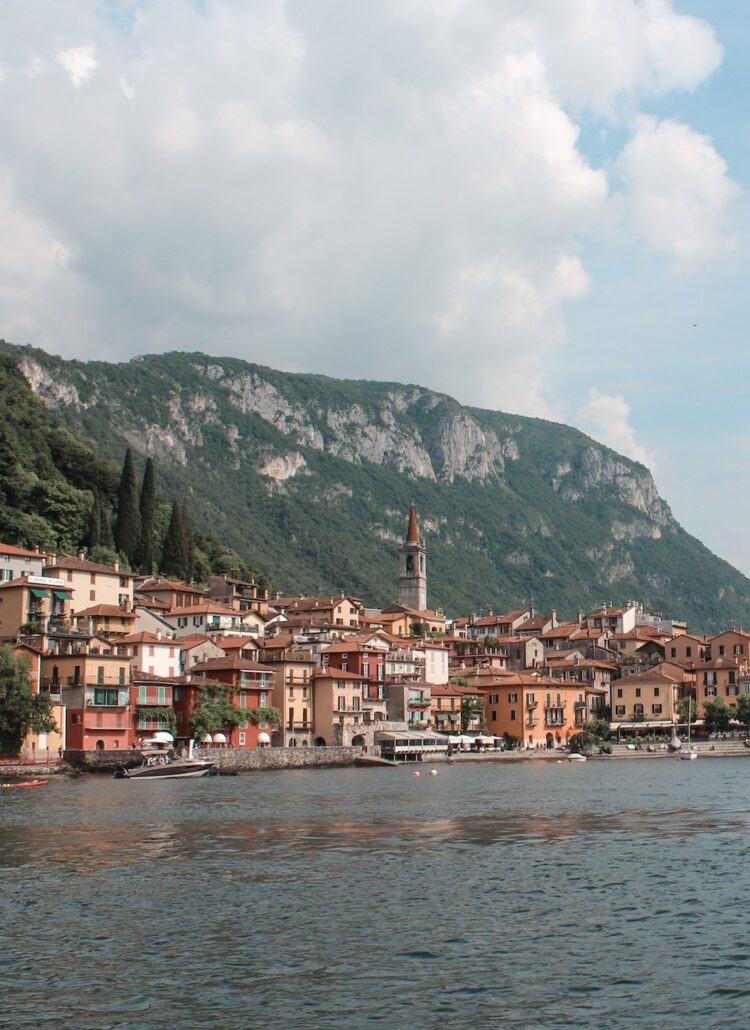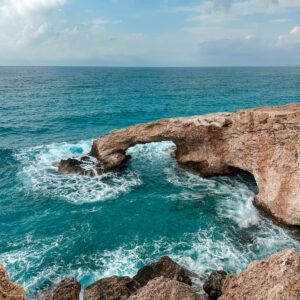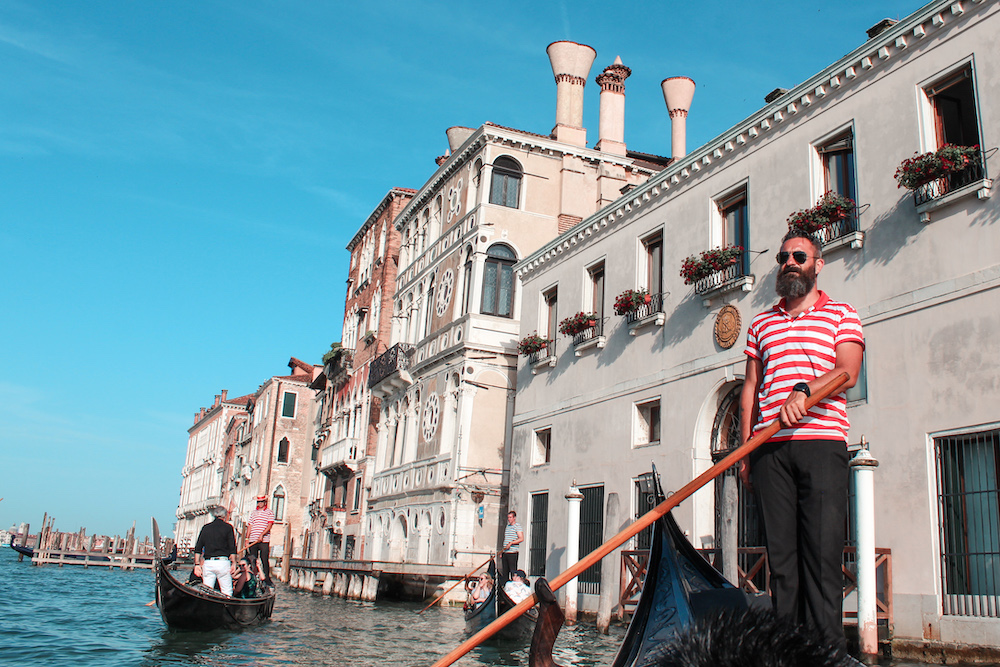
What Not to Do in Italy
Are you wondering what not to do in Italy?
Here are some of the biggest mistakes to avoid on your first trip to Italy!
After writing similar guides for New York and Paris, two cities I know very well from living in them, I decided to write a guide for Italy, another popular destination I have traveled to extensively.
I’ve taken quite a few trips to Italy, including a full month I spent traveling around the country. And I have to admit, I’ve made a few of the mistakes on this list myself — so learn from my experience!
Here are the things you should NOT do when visiting Italy:
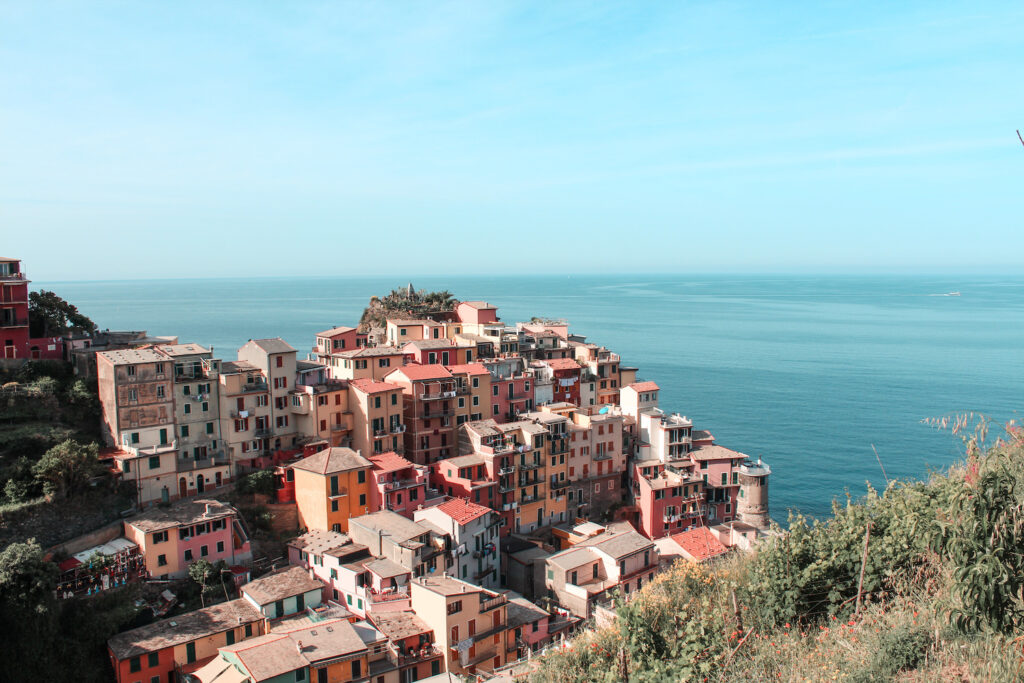
1. Visit during the summer
Traveling to Italy during the summer is a mistake, especially during the months of July and August. It seems that every year, there are record-breaking summer crowd levels and record-breaking heat waves.
There’s nothing to ruin the magic of Italy faster than being elbow-to-elbow in huge crowds all the time, waiting in long lines, and dealing with temperatures in excess of 100 ° F every day. If you have to go to Italy during the summer, I’d target the first half of June or the second half of September instead.
My favorite trips to Italy have been during the off season, especially the months of October, November, March, and April. You can enjoy far fewer crowds and pleasant, mild weather in the fall and spring.
2. Only stick to the main cities
On my first trip to Italy, I have to admit that I made this mistake. I had one week to discover the country and I split my time between Rome, Florence, and Venice, a classic south-to-north tourist route.
However, I highly recommend planning an itinerary that gets you out of the main cities. Even if you only have one week in Italy, you can stick to a smaller part of the country (like a trip to northern Italy where you visit Venice, Verona, Milan, and Lake Como) or you can throw in a day trip from one of the bigger cities (like getting a taste of beautiful Tuscany on a day trip from Florence.)
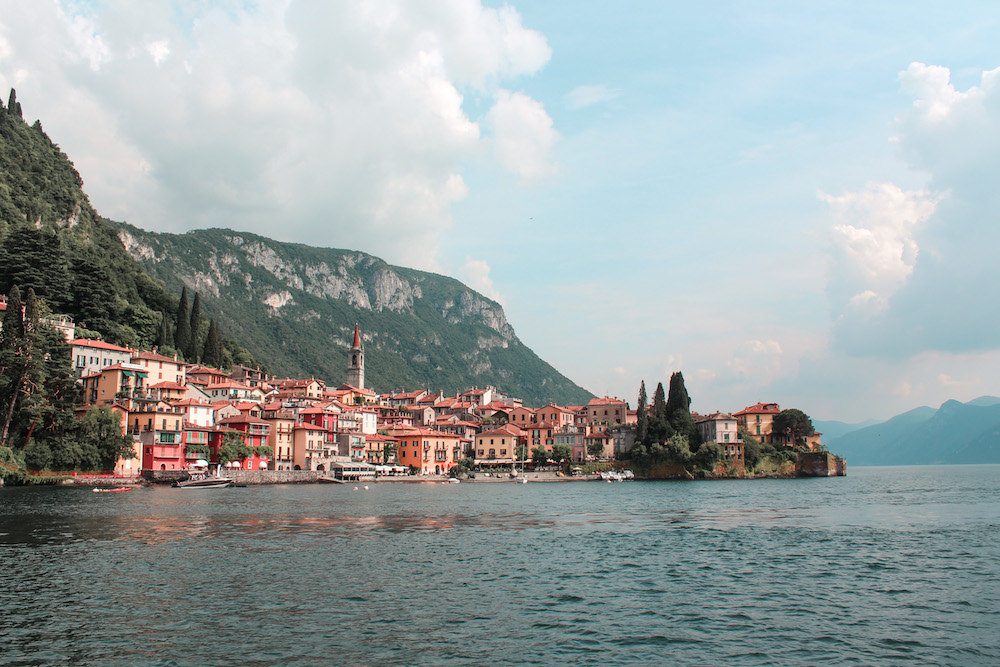
3. Eating at tourist traps
Italy is a renowned culinary destination, and yet there are plenty of truly awful restaurants that lure in unsuspecting tourists and offer nothing but mediocre food and high prices.
How can you avoid these tourist traps? You’ll most likely want to avoid any restaurants located right in a busy tourist area (like St. Mark’s Square in Venice), restaurants with menus outside that have pictures and names of every dish translated into a dozen languages, and restaurants where there is someone on the street trying to convince you to come inside. All dead giveaways for a tourist trap.
I recommend doing some research beforehand on the best places to eat in each destination that you’re visiting so you’re prepared. But when in doubt, walk ten minutes in the opposite direction of any major tourist attraction and look for restaurants on side streets that appeal to locals rather than tourists.
4. Buying fake souvenirs
Don’t bother with the souvenir shops that all look identical selling the same generic Italy junk. You’ll never find anything authentic here, and it’s almost guaranteed it will all be made in China.
Instead, look for smaller shops and boutiques that sell unique, locally-made souvenirs. It might cost a little more but it’s much better than getting some cheap mass-produced junk souvenir.
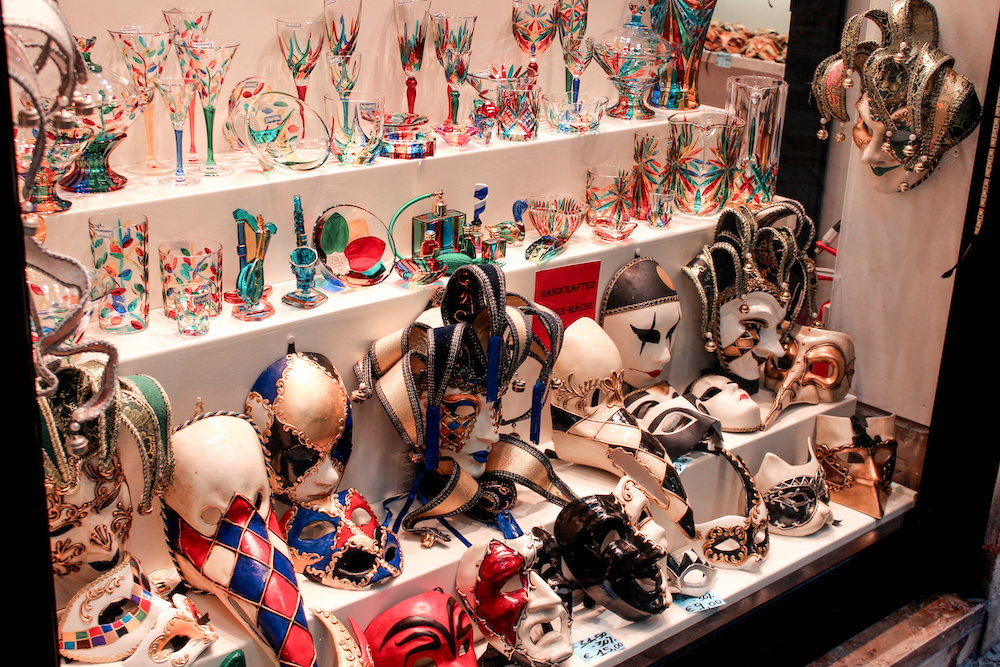
5. Forgetting to validate your train ticket
If you’re taking a fast inter-city train in Italy (say, from Rome to Florence) you don’t need to worry about this, but when you’re traveling by regional train in Italy, validating your ticket is a must!
For the regional trains, you can buy tickets directly at the station (instead of booking them online in advance) and they don’t come with a designated time or seat assignment. Before you board the train, look for a ticket validation machine where you can insert your ticket and it will come out stamped.
If you forget to do this (which I have done before!) you can get fined (which I luckily avoided since there wasn’t a conductor checking tickets that time.) It’s something you definitely don’t want to risk!
6. Having a cappuccino after noon
I’m not a coffee drinker so this one doesn’t apply to me, but a huge faux pas in Italy is drinking a cappuccino after noon. Cappuccino is a morning beverage that you drink standing at the bar in a cafe.
So what should you have instead? In the afternoon, you might consider ordering a caffè macchiato, or a plain espresso (which is also a popular coffee beverage to enjoy in the evenings.)
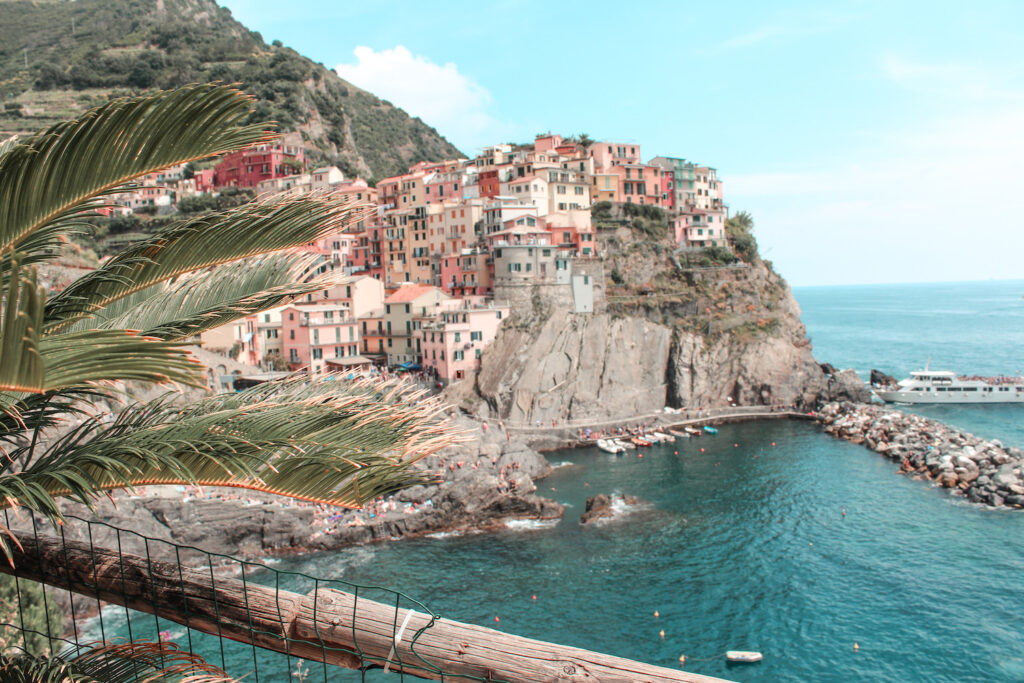
7. Ordering the wrong food
Italy is famous for its food, but there’s no such thing as a “national” cuisine in Italy. Everything is extremely regional. So don’t make the mistake of ordering the wrong food in the wrong place.
For example, if you order pizza in Venice, it’s probably going to be bad — southern Italy (especially Naples) is known for having the best pizza. Venice excels with more seafood-based dishes.
Carbonara is from Rome, tagliatelle alla Bolognese is from Bologna, and so on. Another sign of a tourist trap restaurant is a menu with all of these dishes — authentic restaurants will typically have smaller menus that primarily focus on regional cuisine, and you’ll probably have much better food.
8. Not buying tickets in advance
Buying tickets in advance is crucial for most popular tourist attractions in Italy. Don’t think you can just waltz up to the Colosseum in Rome, the Uffizi Gallery in Florence, or the Doge’s Palace in Venice and go inside. Tickets for major tourist attractions regularly sell out or have extremely long lines to buy tickets.
You can purchase tickets online for almost everything, which I highly recommend. I personally like to book tickets through GetYourGuide because they offer the ability to change or cancel your tickets for free up to 24 hours in advance, which gives you more flexibility than booking your tickets directly.
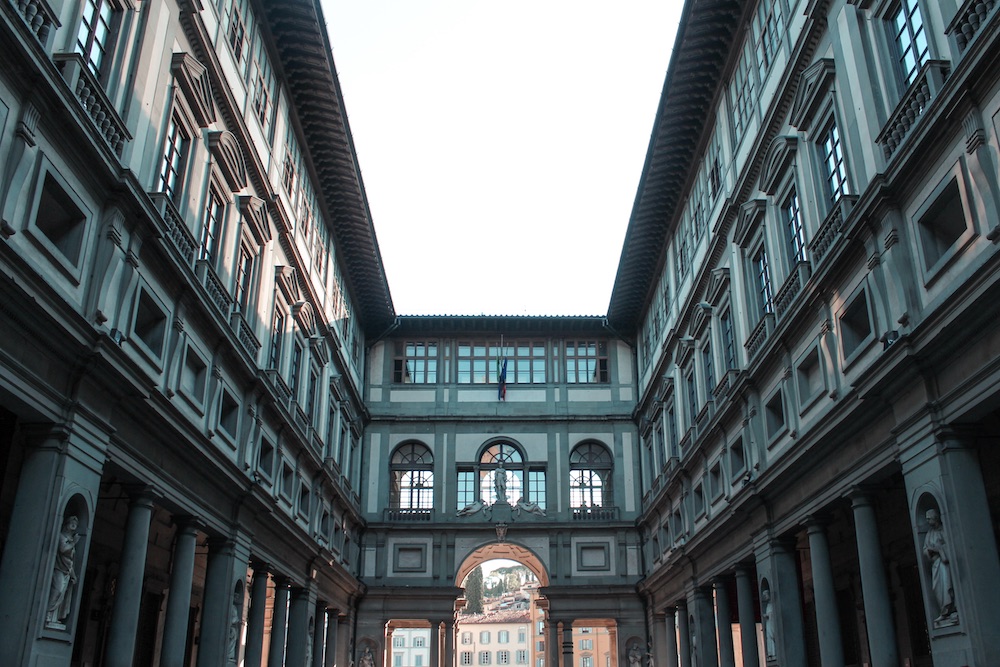
9. Getting bad gelato
I know what you’re thinking, bad gelato? Does such a thing truly exist in Italy? The answer, sadly, is yes. While Italy is home to the best gelato in the world, it’s also home to some of the worst. As in, stuff that tastes no better than some old grocery store-bought gelato sitting at the back of your freezer.
How can you spot good gelato? Real good gelato will never be brightly colored — for example, strawberry flavor would be a pale pink instead of a vivid red. I’d also recommend that you not buy overpriced gelato from a shop in a major tourist area. Walking a few side streets away can save you several euros.
10. Renting a car
In most situations, renting a car on your first trip to Italy is a bad idea. Driving in Italy is crazy (especially southern Italy) and not for the faint of heart. Rental cars are expensive, and you have to worry about things like stopping for gas, paying for tolls, paying for parking, and avoiding pedestrian-only zones (which is the majority of most city and town centers.) Having a car in Italy is honestly just a huge hassle.
Public transportation in Italy is excellent, with a robust network of inter-city and regional trains that will get you everywhere you need to go. The only time I’d recommend renting a car is if you’re exploring one region in-depth that doesn’t have much public transportation (like Tuscany or Puglia.)
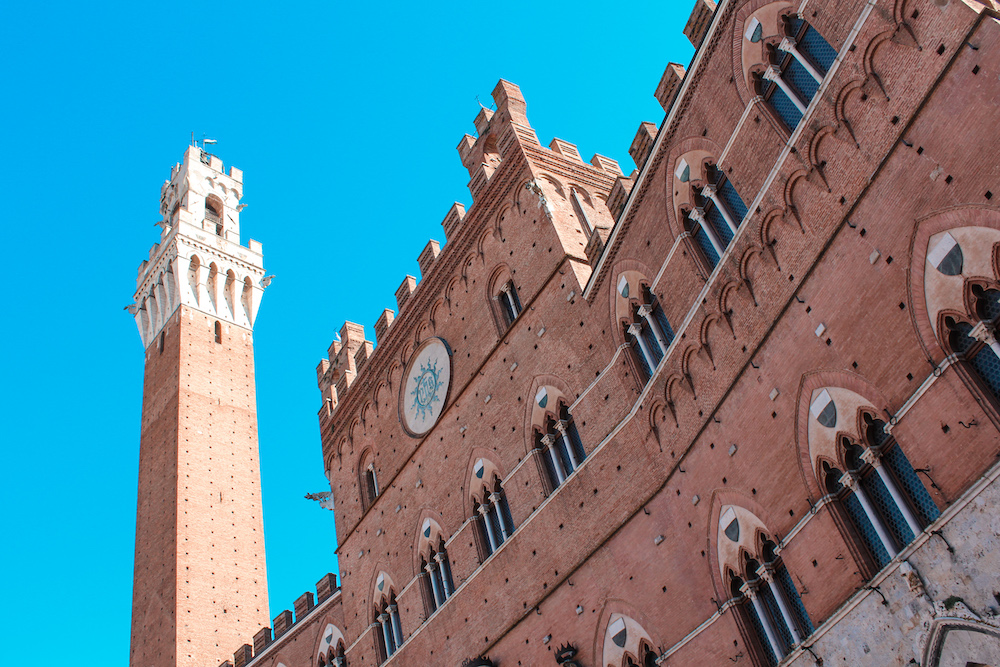
11. Buying bottled water
Buying bottled water is a mistake anywhere in the world, but especially in Italy. I never recommend buying bottled water because it’s a waste of money and it’s bad for the environment. In places where you cannot drink the tap water, I always travel with my LifeStraw filtering water bottle which I love.
But in Italy, you can drink the tap water so I recommend just bring a refillable water bottle everywhere you go. You can fill up at any public water fountains or water spigots you see, which are all over cities and towns in Italy. Some have even been around since Roman times thanks to the aquifer system!
12. Tipping too much (or at all)
Tipping culture does not exist in Italy like it does in the United States. Waiters, bartenders, taxi drivers, and so on do not work for tips nor expect them. They are simply paid a salary like everyone else.
If you have really outstanding service, you can round up your final bill a couple euros or leave some extra coins on the table in appreciation, but other than that, tipping is not really a thing in Italy.
And if you feel guilty about not tipping because you always do it at home — don’t! Italians themselves don’t do it, and some find it annoying when American tourists tip because it starts to incentivize better service for tourists. So when in Rome, do as the Romans do. (Sorry, couldn’t resist a cheesy cliche.)
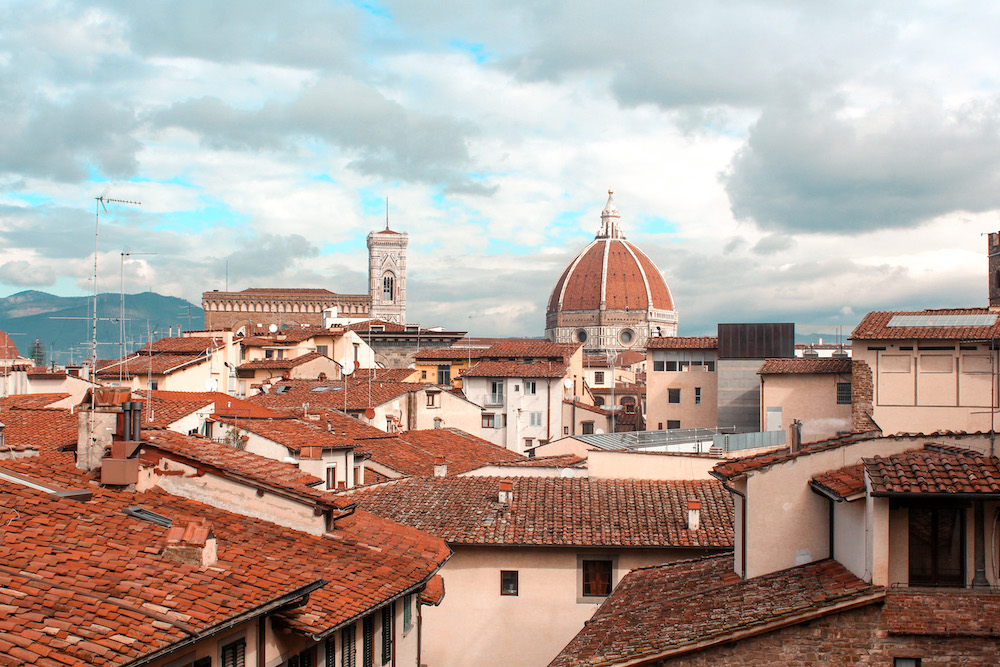
13. Falling for scams
I’m sorry to say it, but Italy is definitely one of the worst countries in Europe for scams. Along with other extremely popular tourist destinations like France, Spain, and Greece, scams abound in Italy.
Luckily, scams are easy to avoid if you know what to look out for. Basically, just know that anyone who tries to accost you on the street in any way is trying to scam you, and simply ignore them as if they don’t exist. This includes hawkers trying to get you to enter a restaurant or sell you on a tour, anyone offering “help” to buy a train ticket or carry your luggage, or annoying men trying to hand you a rose as a “gift.”
You should also be wary of being overcharged at restaurants or cafes. Never order off a menu that doesn’t have prices, and always check the final bill closely. A “coperto” (or cover charge) of a few euros is standard and includes the bread for the table, but make sure you aren’t overcharged for anything else.
14. Dressing inappropriately
I can honestly say that Italians are the most well-dressed people in the world (especially in Milan and Rome!) But I’m not saying you have to dress like an Italian… just be sure to dress appropriately.
If you’re visiting major churches (like St. Peter’s Basilica in Rome) you will need to make sure you have your shoulders and knees covered — this goes for men and women! I recommend traveling with a shawl you can cover up with if you’re a woman traveling in Italy and wearing dresses, skirts, tank tops, etc.
You can also be fined if you wear a swimsuit in areas that aren’t the beach or the pool. For instance, Sorrento on the Amalfi Coast has a 500 euro fine for this! So be sure to cover up when walking in town.
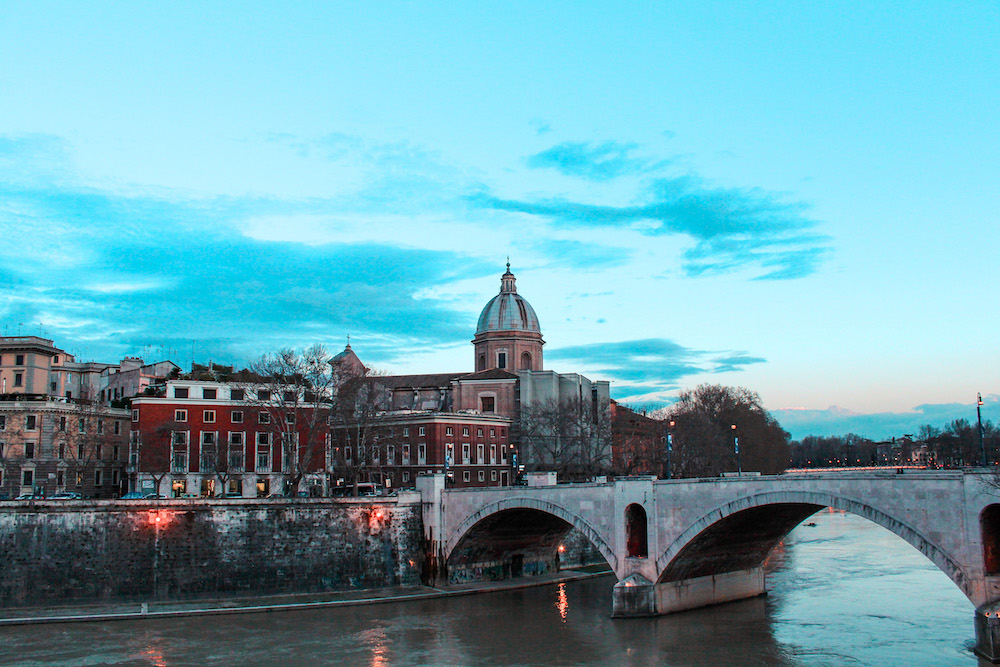
15. Not learning any Italian
Finally, a big mistake to avoid is not learning any Italian before you go. While it’s true that many people speak English, especially Italians working in restaurants, tourism, and hospitality, it’s nice to make an effort and learn the basics (hello, goodbye, please, thank you, have a good day, and so on.)
I’ve noticed that many Italians really seem to appreciate if you make an effort to speak the language a little. So learn some simple phrases before you go and use them instead of leading with English.
What Not to Do in Italy
This guide showed you what NOT to do in Italy.
If you’re visiting Italy for the first time, don’t make these common mistakes! Knowing what to expect (and what to avoid) will help you have an enjoyable experience exploring this beautiful destination.
Enjoy your trip to Italy!
Related Guides:
- 15 Best Luxury Hotels in Rome, Italy
- 6 Best Day Trips from Rome, Italy
- Where to Stay in Florence, Italy (For Every Budget)
- 8 Best Tours in Florence, Italy
- 10 Best Day Trips from Florence, Italy
- 13 Best Luxury Hotels in Tuscany
- 10 Best Luxury Hotels in Venice, Italy
- 12 Venice Travel Tips to Know Before You Go
- Where to Stay in Lake Como Without a Car (5 Best Towns)
- 7 Best Luxury Hotels in Positano, Italy
- 100 Best Italy Captions for Instagram
